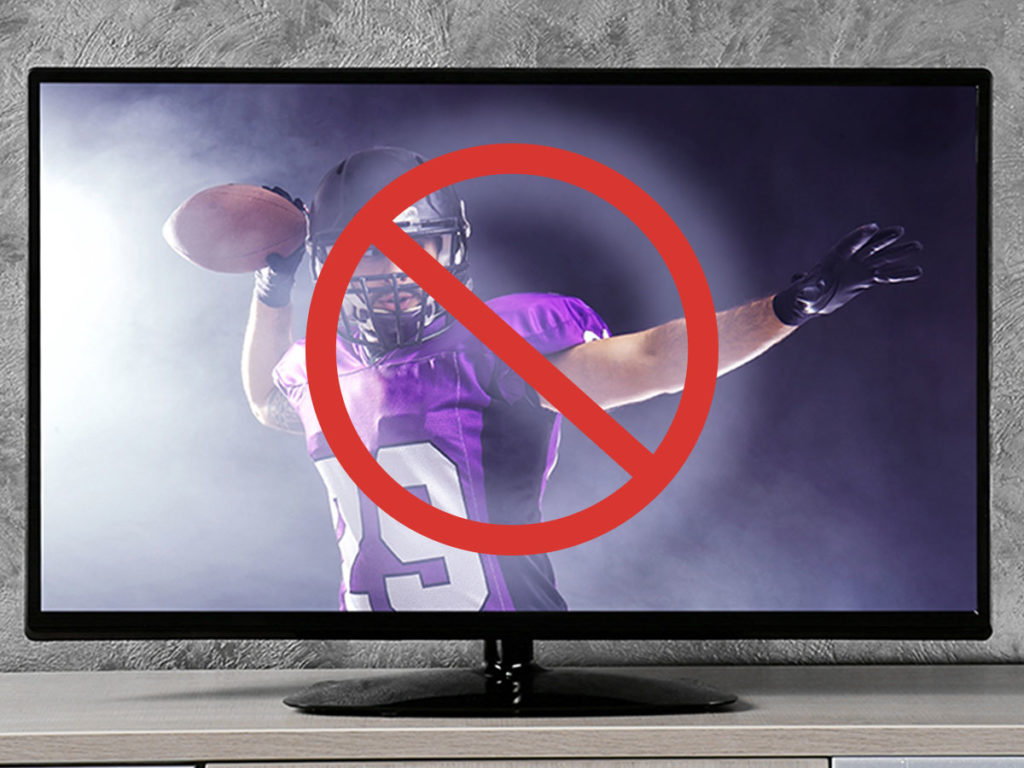B2B Sales Funnel: Complete Guide for Marketers
by Frankie Karrer
8 Min Read
Shifts in consumer and advertiser trends pose the question whether the most valuable ad space in the world is still as valuable as we think it is

6 Min Read
Super Bowl TV commercials are considered one of the crown jewels of the ad world. Advertisers spend big ($5.5M is the going rate this year) to get their ad in front of 100+ million viewers—a unique opportunity that is normally too good to pass up.
But this year is different. While FOX managed to book all 77 ad slots for the last Super Bowl by Thanksgiving, CBS (this year’s broadcaster) still had roughly 20-25% of their inventory available at least until mid December.
Repeat business is down, too. For the first time in 20 years, both Coke and Pepsi won’t run ads. Hyundai is breaking their 5 year streak and sitting out. Avocados From Mexico will also end a string of appearances dating back to 2015.
The reality of a COVID-19 world is forcing advertisers to reevaluate their approach. The head of brand marketing for Avocados of Mexico, Kevin Hamilton, shared a common sentiment, “There’s a big benefit to being in the Super Bowl, but there’s also a cost. We thought that this would be a good year for us to try a few different things.”
That’s been the theme all year, with companies pivoting to adapt. Many prioritized performance-driven ad channels and e-commerce. Procter & Gamble was a prime example; they turned to ecommerce and built an ad strategy to support it, resulting in a 9% increase in quarterly revenue back in October.
This all begs the question: in a world where advertisers are reevaluating what’s valuable—are Super Bowl ads worth the current price tag?
There’s no denying these ads come with an inherent halo effect. They can generate buzz (for better or worse), dominate office small talk, and feature on “Best Ads of the Super Bowl” lists. You can’t ask for a better awareness tool.
That said, 2020 showed us that when advertisers needed to make tough calls on budgets, they dropped awareness. It was treated like a luxury—something that’s nice to have but disposable when circumstances require. Channels that generated measurable results saw budgets increase instead.
Super Bowl ads are a massive awareness play and advertisers are now rethinking where that belongs on their list of priorities. The hesitation around booking Super Bowl ads, the most valuable awareness ads in existence, could indicate we’re in the midst of a shift in the way advertisers approach their strategy—a shift that’s already being fueled by a steady flow of data.
If we’re witnessing a change in advertiser strategy and approach, it wouldn’t be the first time in recent history. Data-driven measurement has already changed how we value advertising.
Digital ads’ concrete data lets marketers go beyond guesstimation or consumer surveys to judge their campaign impact. In that same vein, Connected TV brought that same level of insight to television ads.
Marketers now have access to more data and rely on it to help guide strategy. It’s becoming more ingrained in how marketers evaluate and commit budget. Awareness campaigns launched on linear TV, much like a Super Bowl ad, don’t exactly mesh with that trend. It makes spending $5M+ with no measurable return strictly a luxury.
Those types of media buys have a place in the plans of advertisers who can afford them. There’s an argument to be made that luxury media buys and performance-driven campaigns don’t belong in the same discussion. But you have to wonder: if other forms of advertising are driving measurable results and gaining more use, can that start to color the perception of how much these luxury buys should cost?
What makes a Super Bowl ad worth $5M? It’s the unique opportunity to reach 100M viewers all at once, and generate some buzz around your brand. But television’s recent streaming revolution via Connected TV may reframe that price.
For example, a marketer could spend $5M on Connected TV and based on a $45 CPM (which is high for CTV) they could generate 111M+ ad impressions. And because CTV uses a data-driven approach, those ads were targeted toward a specific audience.
Of course those CTV ads won’t run during the Super Bowl, and thus lack the mystique and high-regard that entails. But they didn’t lack value for the advertiser. In fact, they may even prove more valuable because it gets the ads in front of a custom audience likely to engage. And in a time where personalization is a major factor of successful advertising, that’s worth a lot—maybe even more than getting an ad in front of 100M random viewers.
There is value in awareness and there is value in branding campaigns on television, even if they don’t provide hard performance data. But the events of the past year beg the question—are they actually as valuable as we believe? You have to wonder if we’ll see that $5.5M price tag start to drop in the years ahead.
Personalization has changed what it means to create an effective ad. Digital advertising’s measurement has made such an impact that it changed the ad industry as a whole. Connected TV’s targeting and attribution have brought digital measurement to TV screens—possibly hammering another nail in the coffin of TV ads that just pop in and say hello, and ask for nothing in return.
There’s no real way to know whether things will change. Once the pandemic fades into memory, there’s a good chance those prices will remain ever-high. But if you were writing a history about a major shift in ad theory and how awareness without metrics fell out of favor, you would probably start it with the time Super Bowl ads lost their shine.
If things keep going the way they are, this year’s Super Bowl may be chapter one.
Subscribe to the report Apple, Amazon, NBC and more use to get their CTV news.